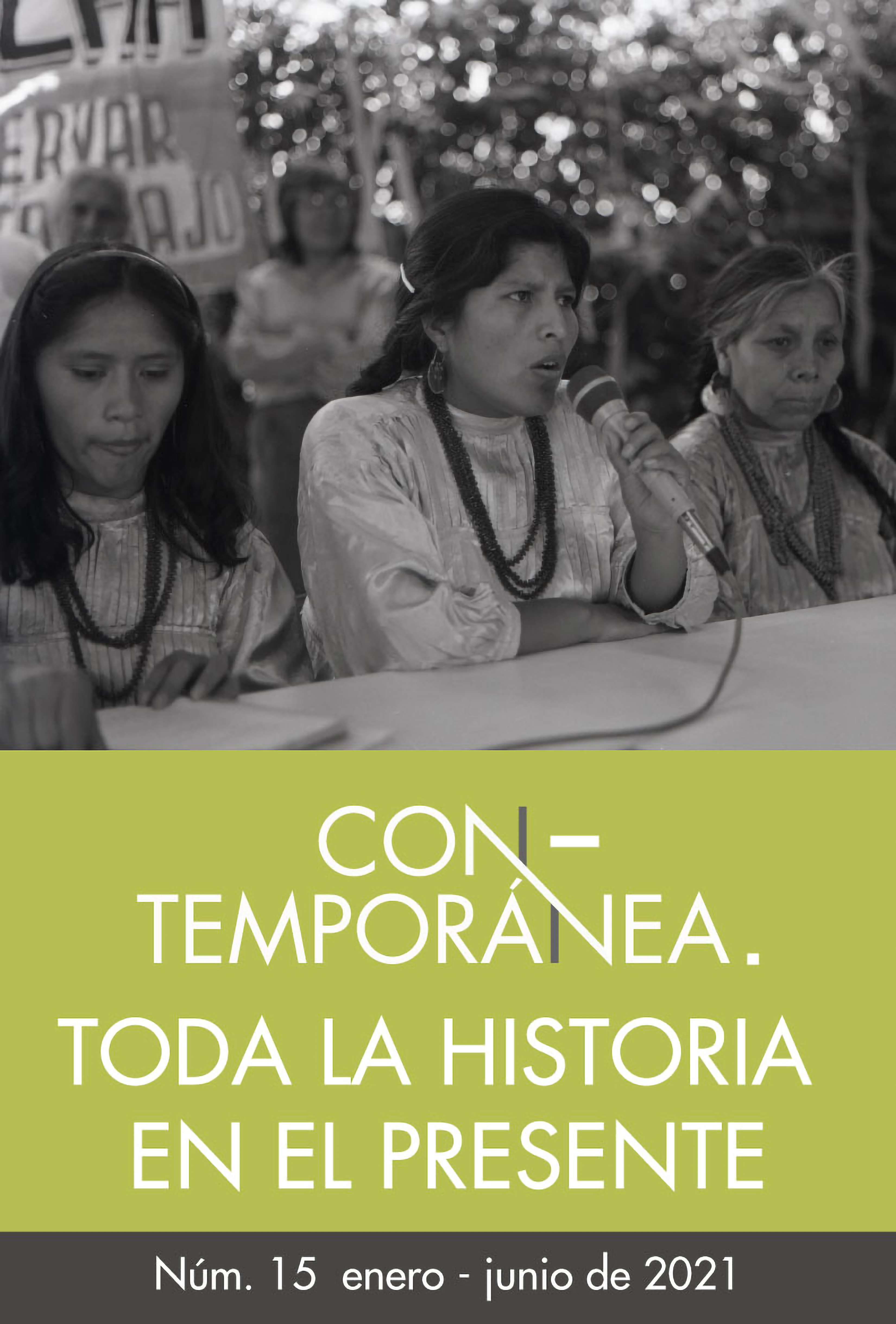Published 2022-06-21
Keywords
- photojournalism, violence, image, drug trafficking, Coahuila.
How to Cite
Abstract
This text aims to investigate contemporary conceptions related to the study of journalistic and documentary photography, specifically that published in the printed media of the city of Saltillo: its new uses, displacements, reinterpretations, and at the same time, its possible place as a vehicle to communicate and reflect on the historical-social problems and cultural processes derived from the violence resulting from the war against drug trafficking. Another essential factor that animates this study is the personal need to reconfigure the vision about materials of photojournalistic origin, recognizing their genuine space and purposes: a value not underestimated to news emergencies or simple documentary record, but supported by their own visions and searches, even those that reside in their own cultural achievements, social, visual and aesthetic.
Downloads
References
- “Detienen al ‘Canicón’, asesino de militares”, Proceso, 20 de marzo de 2009, recuperado de: https://www.proceso.com.mx/nacional/2009/3/20/detienen-al-canicon-asesino-de-militares-13816.html.
- “Levantan a cinco en la Lucio Blanco”, El Guardián, 8 de marzo de 2013.
- Baeza, Pepe, Por una función crítica de la fotografía de prensa, Barcelona, Gustavo Gili, 2001.
- Bencomo, Anadeli, “Los relatos de violencia en Sergio González Rodríguez”, Andamios, número 15, enero-abril 2011.
- Bialobrzeski, Peter, “La fotografía documental como práctica cultural” [s.?l., s.?e.], 2008.
- Contreras, Viridiana, “El mexicano Christopher Vanegas, entre los ganadores del World Press Photo”, Milenio, 29 de agosto de 2014.
- Entrevista realizada a Christopher Vanegas por Alejandro Pérez Cervantes, 3 de mayo de 2018.
- Human Rights Clinic, Control sobre... todo el estado de Coahuila. Un análisis de testimonios en juicios contra integrantes del cártel de Los Zetas en San Antonio, Austin y Del Río, Texas, Austin, The University of Texas School of Law / Human Rights Clinic, 2017, recuperado de: https://law.utexas.edu/wp-content/uploads/sites/11/2017/11/2017-HRC-coahuilareport-ES.pdf.
- Pavón Cuéllar, David, “Narcomensajes y cadáveres: el discurso del narcotráfico y su violentada literalidad corporal”, en I. Gárate Martínez, J.
- M. Marinas Herreras, y M. Orozco Guzmán (coord.), Estremecimientos de lo real: ensayos psicoanalíticos sobre cuerpo y violencia, México, Universidad Michoacana de San Nicolás de Hidalgo, 2012, pp. 191-204.

